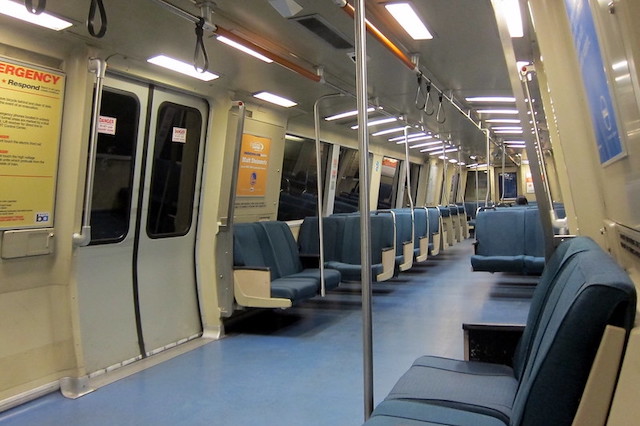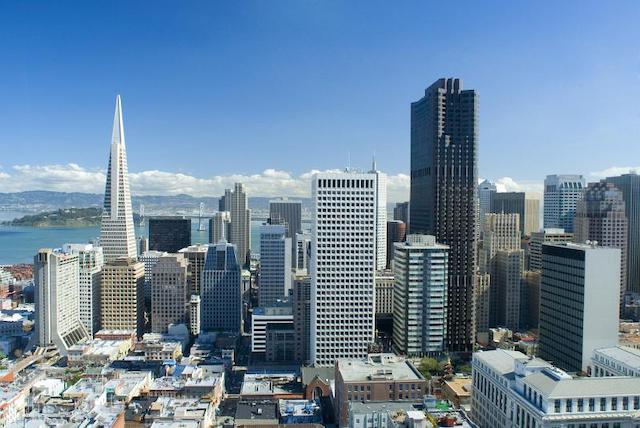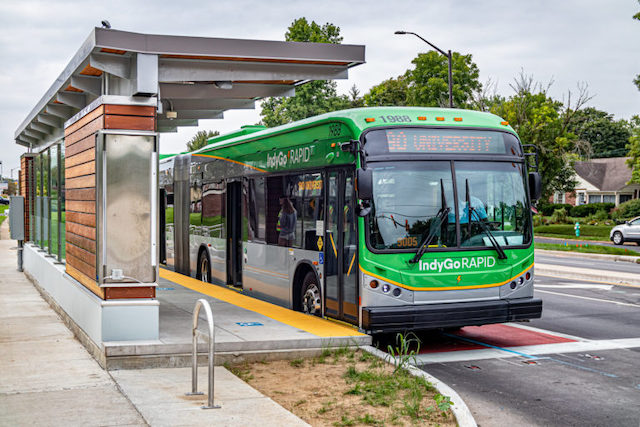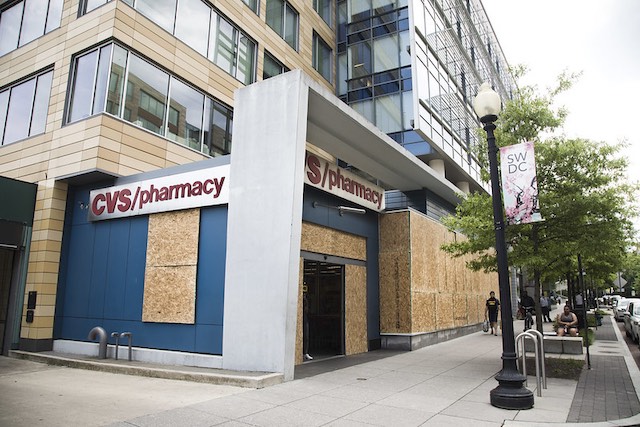California transit agency warnings about a fiscal cliff may be falling on deaf ears in Sacramento. Although transit activists are becoming increasingly shrill, the state legislature has good reasons to ignore them.
Not much point in bailing out a transit agency that is running empty trains. Photo by Wally Gobetz.
One reason is that the state has its own funding problems. Earlier this year, it was projecting a $10 billion budget deficit, but that has recently increased to more than $32 billion. Continue reading















